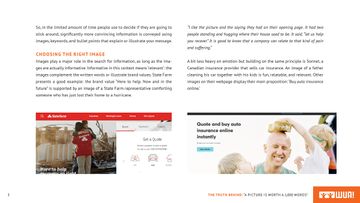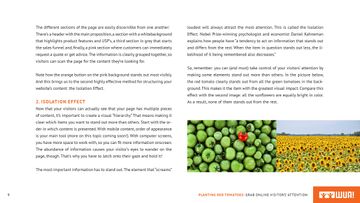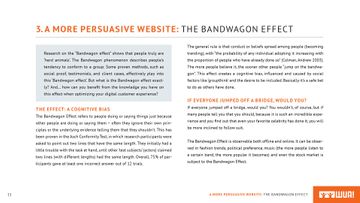Behavioural psychology principles that help optimize conversion

In this whitepaper, you’ll find inspiring examples of behavioural psychology we’re using in our Deepdive reporting and analysis at WUA. Even though we love to think of ourselves as unique, there’s an awful lot of things we all have in common when reacting to websites, apps, online stimuli, and so on. After all, we are only humans, right?
These psychological theories and examples, along with our practical examples and screenshots, will help you to sharpen your online customer experience and improve your website. Among the theories are The Bandwagon Effect, Isolation effect, and much more.


